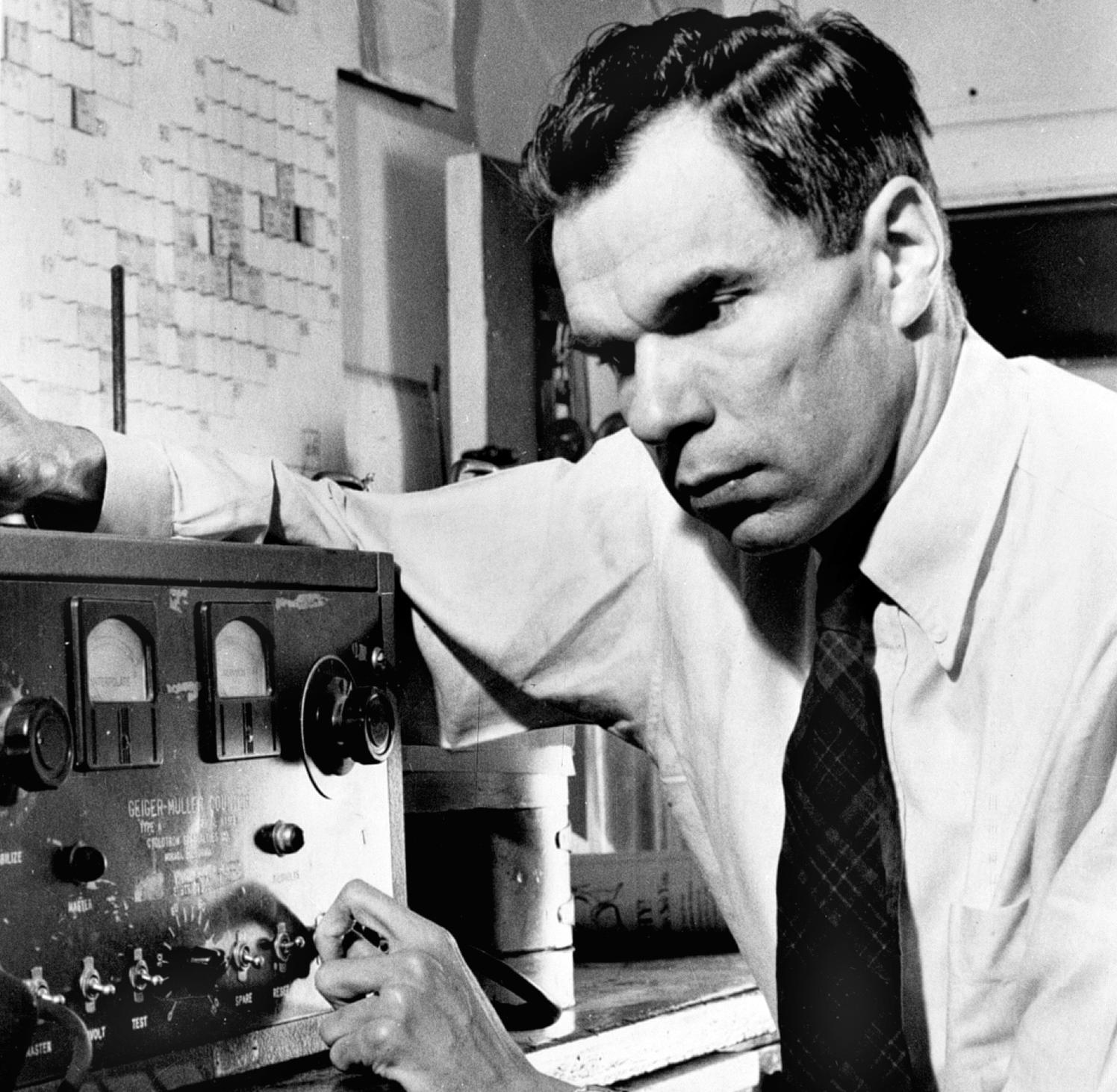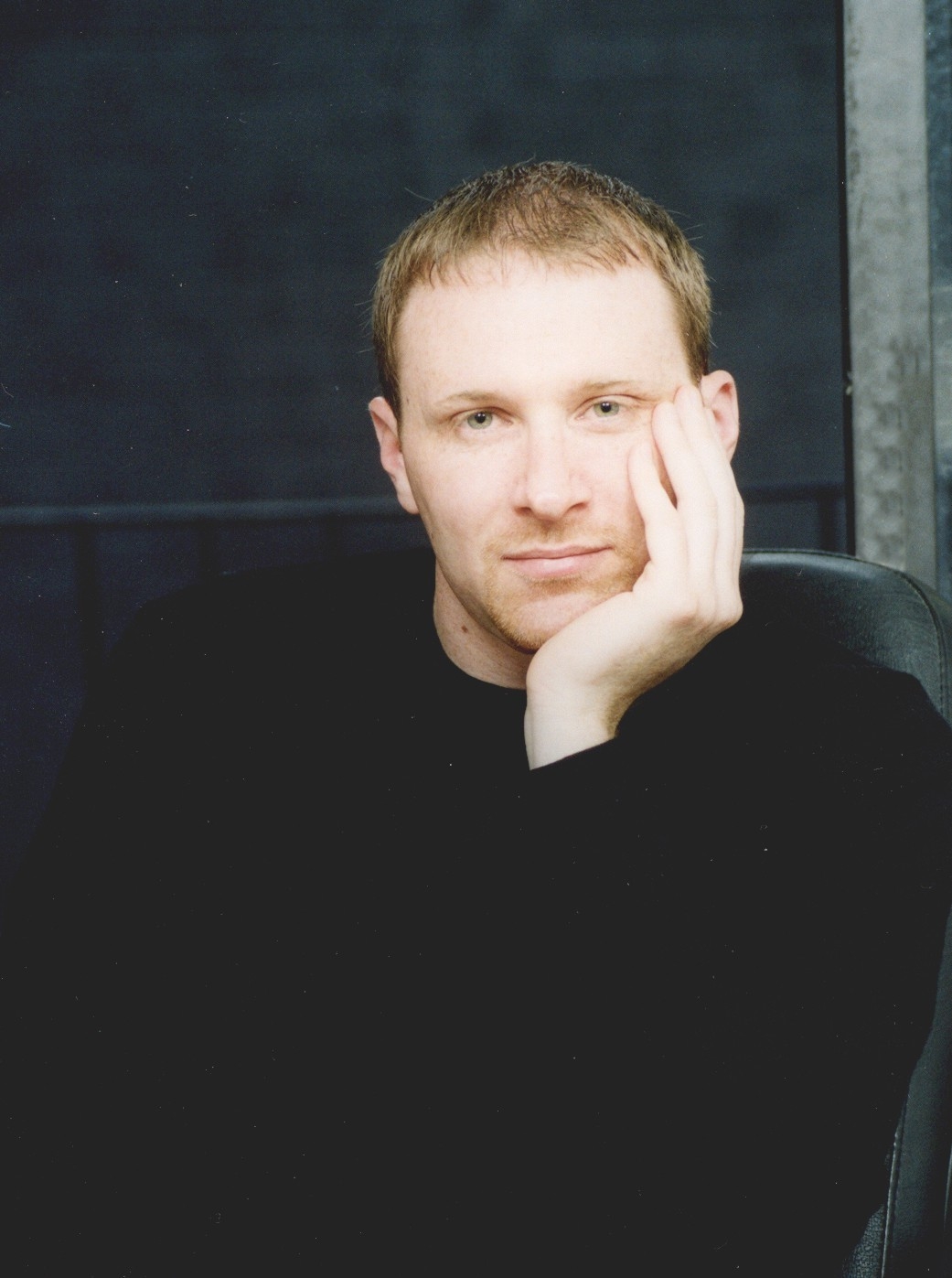
Chemist and Nobel Laureate Glenn T. Seaborg
I met Glenn Seaborg briefly at my graduation in 1994. He spoke at the ceremony for the College of Letters & Science, and afterward, many people wanted to talk with him. I only had a quick moment, so I asked him, “Dr. Seaborg, what is the purpose of science?” Without missing a beat, he smiled and said, “To expand human knowledge.”
Of course, it was exactly the precise kind of answer that one would expect from such an eminent chemist. But what I remember most were Dr. Seaborg’s humility and graciousness in answering my admittedly broad, unwieldy question. It was a perfect moment.
At the time, I had no idea that Dr. Seaborg had discovered plutonium, or that he had worked on the Manhattan Project and had an element named after him on the periodic table. Still, I cherish the fact that he gave me a simple moment of his time and brilliance. I will remember it forever.

Cris Markos



